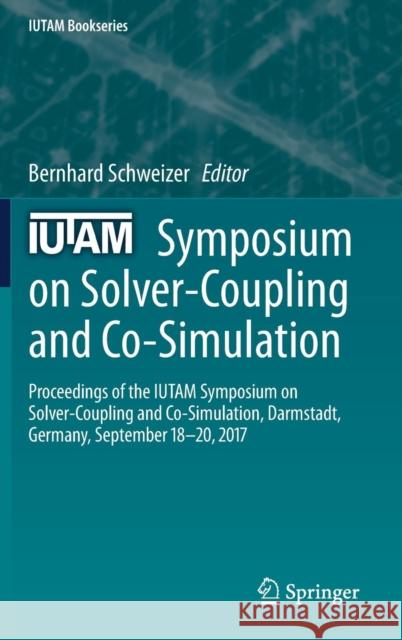Iutam Symposium on Solver-Coupling and Co-Simulation: Proceedings of the Iutam Symposium on Solver-Coupling and Co-Simulation, Darmstadt, Germany, Sep » książka
topmenu
Iutam Symposium on Solver-Coupling and Co-Simulation: Proceedings of the Iutam Symposium on Solver-Coupling and Co-Simulation, Darmstadt, Germany, Sep
ISBN-13: 9783030148829 / Angielski / Twarda / 2019 / 291 str.
Iutam Symposium on Solver-Coupling and Co-Simulation: Proceedings of the Iutam Symposium on Solver-Coupling and Co-Simulation, Darmstadt, Germany, Sep
ISBN-13: 9783030148829 / Angielski / Twarda / 2019 / 291 str.
cena 582,32 zł
(netto: 554,59 VAT: 5%)
Najniższa cena z 30 dni: 578,30 zł
(netto: 554,59 VAT: 5%)
Najniższa cena z 30 dni: 578,30 zł
Termin realizacji zamówienia:
ok. 20 dni roboczych.
ok. 20 dni roboczych.
Darmowa dostawa!
Kategorie:
Kategorie BISAC:
Wydawca:
Springer
Seria wydawnicza:
Język:
Angielski
ISBN-13:
9783030148829
Rok wydania:
2019
Wydanie:
2019
Ilość stron:
291
Waga:
0.60 kg
Wymiary:
23.39 x 15.6 x 1.75
Oprawa:
Twarda
Wolumenów:
01
Dodatkowe informacje:
Wydanie ilustrowane











